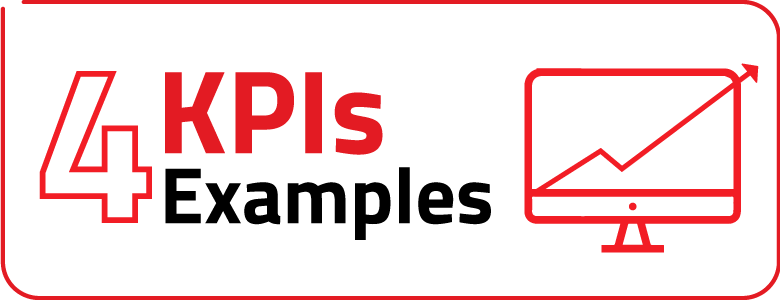
Key performance indicators, also called KPIs are metrics that quantify the performance of company processes according to organizational goals.
At the corporate level, performance measurement finds application in detecting a company’s ability to manage critical variables and provide insight into the conditions projected for the future.
In the current competitive environment, defining a system of measures to manage and improve corporate performance is an extremely important issue.
That is, measuring performance means comparing the results obtained with those planned.
For this, it is necessary to have an automated system that allows employees to capture, inform and share information in an agile and transparent way.
This data should be made available on dashboard, which allows managers to track results in real time, and make decisions more safely whenever adjustments need to be made in the operation.
This is the importance of KPIs: they allow you to follow processes so that you can continually improve them, evaluate their performance and give feedback to employees.
In this text we will look at some key performance indicator examples for companies, explain them and provide a practical example of each, detailing the situation and also how it was calculated.
We have selected 4 key performance indicator (KPI) examples for companies to use in different business areas.
Don’t only study company revenue for financial control to find out if your company is in a good situation or not.
This is because if we do not know what the costs are, we can not know if the company is profitable or deficient.
Even worse, even if profitable, it may not be sustainable in the long run because the profitability index may be very low.
The profitability index shows profitability of sales and is very important to make comparisons with competing companies.
The index is obtained by dividing net income for a given period by the total revenue for the same period, multiplied by 100.
Profitability index = (annual net profit / total revenue for the year) X 100
Imagine that you own a company with annual revenues of $ 300,000.00 and operating costs of $ 240,000.00, including taxes.
We would therefore have the following profitability index:
(60,000 / 300,000) x 100 = 20% per year
Continuing with company key performance indicator (KPI) examples, we now move to the productivity indicator.
It serves to measure the amount of resources that a company employs to produce a particular product or service.
Its objective is to evaluate the yield and the efficiency of processes: it is the relationship between production and the resources used.
With regard to the resource factor, there are several options. It can be calculated in relation to financial resources, time, space, labor employed, among others.
Let’s imagine that a company produces 1,000 shoes per month, with a monthly operating cost of $ 300,000, using 10 employees and 100 m².
This means that the company produces 5.7 shoes per hour of work; each show was produced for $ 300.00; 100 shoes are produced per month by each employee and there are 10 shoes produced per month for each m2.
The coming and going of employees into a company is normal within a certain threshold.
Measuring employee turnover helps you understand a company’s internal issues, the organizational climate, and a company’s ability to retain talent.
High turnover rates can be indicative of a problem. The turnover indicator is calculated based on the average time spent by an employee in the company.
If the indicator shows a very high number of employee turnover it is a sign that the company has two problems.
The first problem that needs to be identified is knowing why employees are leaving or being dismissed at an above-normal rate.
The second problem is the cost to the business.
Scaling up training and empowering employees takes time. If shortly after training they leave the company, all that investment is lost.
The formula for calculating the overall employee turnover of a company is:
(number of contracted employees + number of terminated employees) / 2 / number of employees
The last of the company key performance indicator (KPI) examples refers to digital marketing.
There are several types of conversions, but with the increasing importance of content marketing in companies, let’s use the lead conversion rate of a website or blog.
Knowing how many visitors to a site become customers can help in evaluating marketing strategies.
An excellent digital marketing tool to view conversion rates is Google Analytics.
The calculation to know how many visitors have become customers is:
Conversion Rate = number of sales ÷ by total visits
Do you want to have software that is intuitive and easy to operate at all levels of the organization and that will provide KPIs in real time reliably?
Learn about STRATWs One, corporate management software that brings people together around a company’s strategy for the best results.
Revolutionize the management of your company with STRATWs One
Your technology partner to connect you to what really matters.